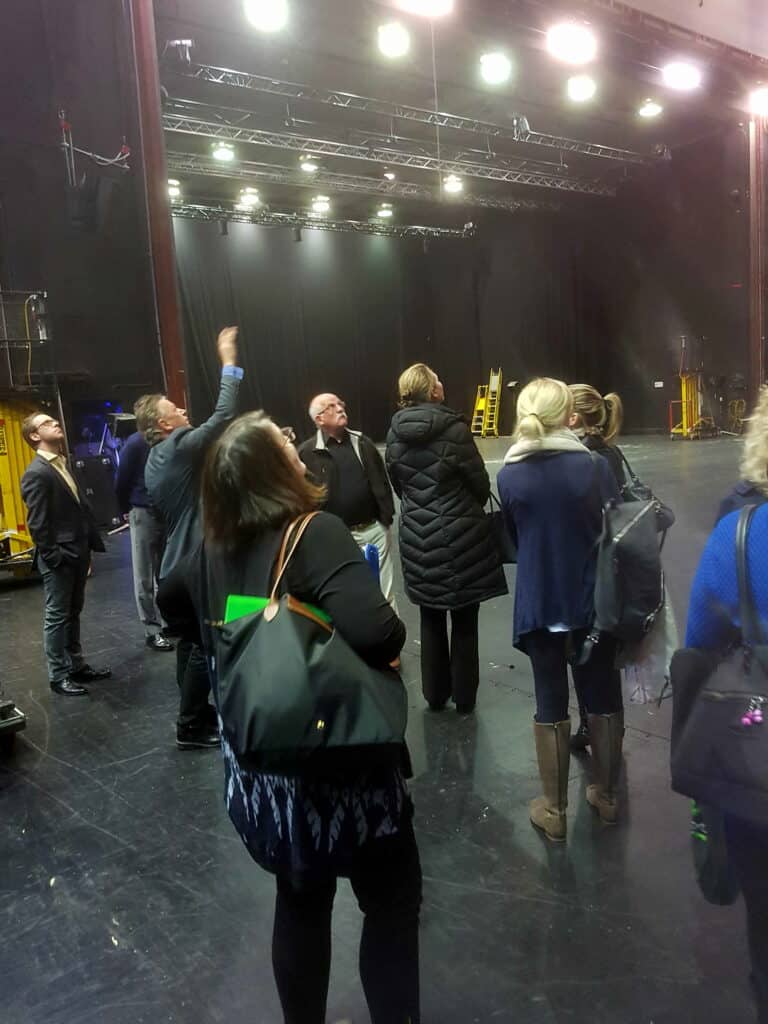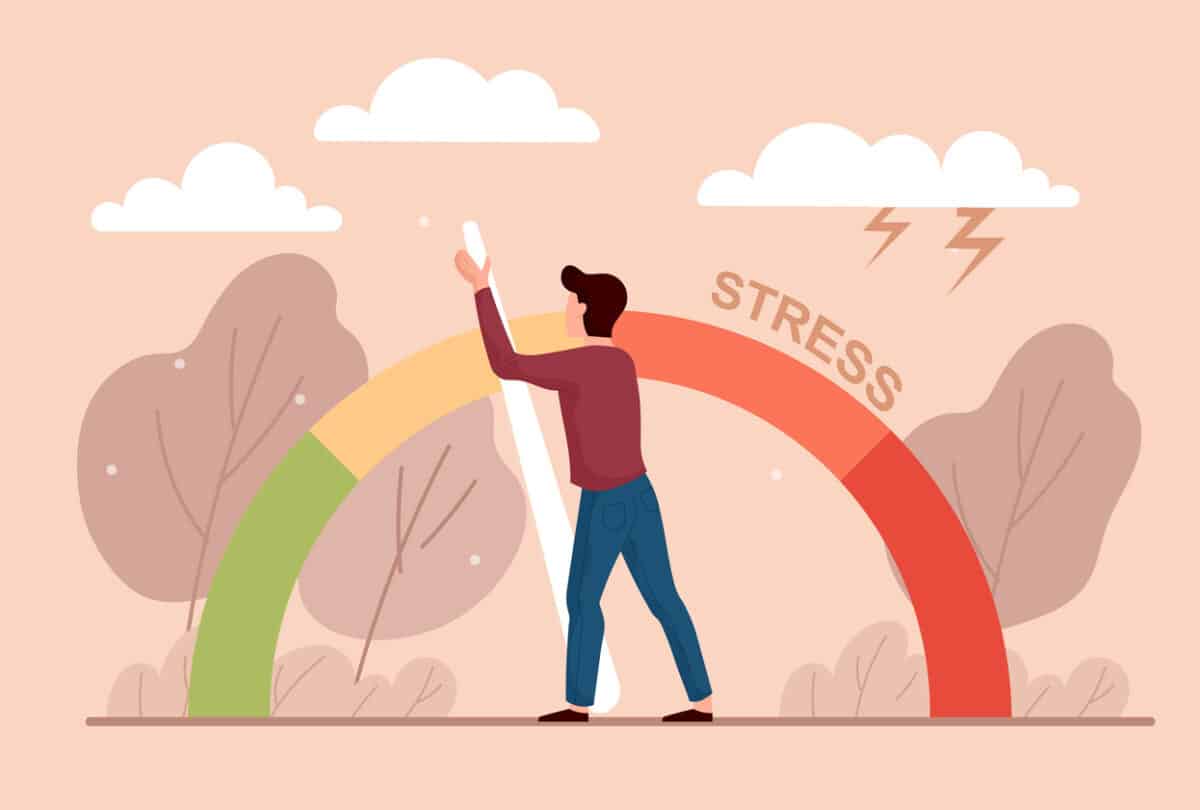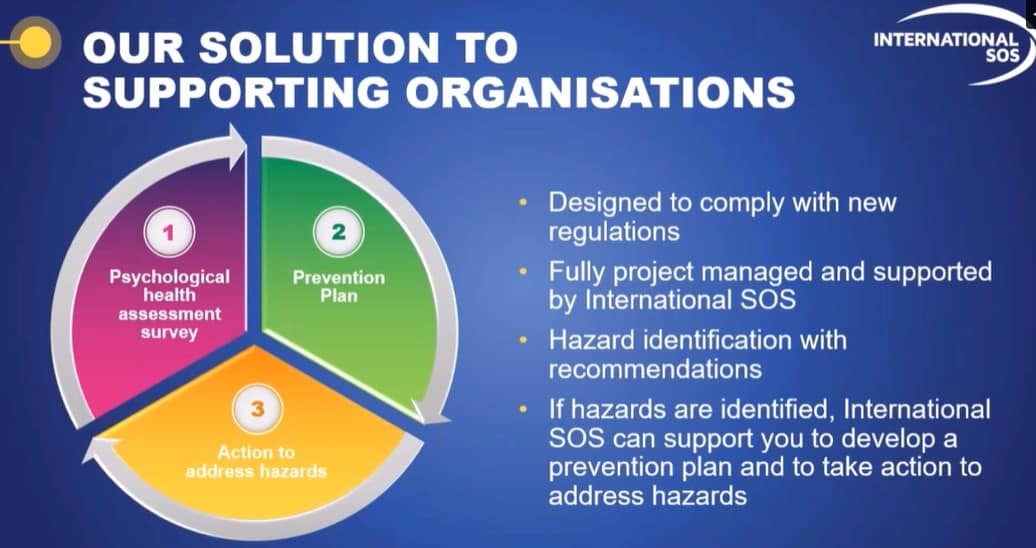The bookshops I visit often have two sections of books marked Business and Management. These categories are interchangeable for occupational health and safety (OHS) purposes, but the shopowners and/or publishers differentiate. Both categories have self-help books – leadership varieties, how to be a better manager, how to make lots of money really quickly (without apparently anyone being exploited!!). Books discussing mental health are in both categories, and three, in particular, seem to show the potential for improvement in mental health and the self-imposed limitations to achieving this.
Category: training
60th Anniversary Central Safety Group Lunch
In the olden days, PC (Pre-Covid), a group of occupational health and safety (OHS) professionals, advocates, and the curious, would meet on the second Tuesday of each month in-person in various locations in and around the City of Melbourne to connect, chat, complain, sympathise and learn about OHS. The Central Safety Group also held annual visits to infrastructure projects under construction, tea factories, TV stations (pictured above), Arts Centres (pictured below), brothels (no pictures taken) and other workplaces to better understand the complexity of managing people’s safety and health.

In the middle of Work Health and Safety Month, CSG is holding a special celebratory lunch in the Victorian Parliament House Dining Room on October 14. (Book HERE) This event is open to anyone interested in all facets of OHS and will have special guest speakers, including:
- David Caple AM – world-renowned Ergonomist,
- Dr Narelle Beer – Executive Director of WorkSafe Victoria, and
- Barry Naismith – OHS specialist, writer and local OHS historian
The Central Safety Group has been operating continuously for 60 years, making friends, making connections, rendering assistance and, for every one of those meetings, hearing directly from local and international experts. The CSG is open to anyone on a casual basis, but, of course, a (low-cost) membership is encouraged.
The man on the stair who isn’t really there
On August 26 2022, Australia’s Minister for Employment and Workplace Relations, Tony Burke, spoke at a union conference. This is not an unusual event for Ministers, but the timing of Burke’s address was less than a week before a major Jobs and Skills Summit – the hottest political event in town at the moment. The transcript of the speech provides clues and hints as to how occupational health and safety (OHS) may or may not be discussed.
There is an early indication that safe workplaces are important (heart skips a beat), but then it seems shunted to the side. Burke said:
Online training, offline training. What gives?
Occupational health and safety (OHS) training has been forced to revolutionise over the last couple of plague-ridden years from face-to-face in a room to face-to-face online through Teams, Zoom and many other variations. Traditional “in-Room” training is sneaking back, but the majority remains online. However, OHS training providers in Victoria feel they are being pulled from pillar to post by WorkSafe Victoria.
A Wellbeing Budget needs a strong cultural change strategy
Jim Chalmers has completed his first week of Australia’s Parliament as Treasurer. On Thursday, he presented a statement of the country’s finances without mentioning his well-being intentions (which some are claiming to be a gimmick). This does not mean that well-being is dead, as the “Wellbeing Budget” is not due until October; Chalmers needs to establish his authority, but it illustrates a common perspective on occupational health and safety (OHS) in the minds of many small business people.
Psychological regulations and control
Recently International SOS conducted a webinar on workplace psychosocial hazards and controls. Parts of it were clearly marketing and promotional, but some of the speaker’s content was fascinating and useful.
The seminar’s structure was good because it included a global perspective and a local Australian. The speaker from a worldwide standpoint, Dr Rachel Lewis, used financial figures to illustrate the seriousness of workplace mental health risks. These involved annual costs to employers, costs of workplace stress and other figures in the billions. This approach encourages a misunderstanding of the audience for workplace mental health seminars and the occupational health and safety (OHS) approach to the hazard.
“Tell me how I can comply with the OHS law” – wrong request
Recently the Australian Institute of Health and Safety (AIHS) released a chapter of its Body of Knowledge on Ethics. But rather than a discussion of the role of occupational health and safety (OHS) in modern society, it focussed on the ethics of the OHS professional. This is a valid perspective but one of limited relevance to most of the community or to the market for OHS services. A broader consideration of OHS and ethics, one that assists in understanding what is expected of having a Duty of Care, is still required.







